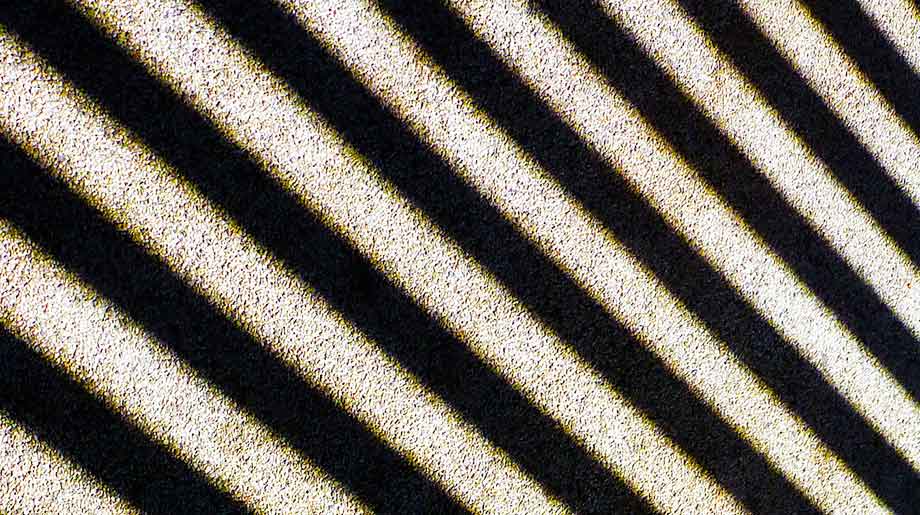Why should you be using diagonal lines in your photography?
Diagonals are one of the fundamental ways to draw the viewers eye in to the photograph.
They lead the eye to the point of focus. Helping the viewer see what you saw, when you composed the image.
Diagonal lines in photography act in a similar way to leading lines. Although, I use them for a slightly different reason.
I’ve written about leading lines before, and both leading lines and diagonals, draw the viewer into a particular part of the image.
But, I see leading lines as a path through the photograph. I want to take the viewer on a story ‘through’ the image. Allowing them to almost experience the full image. Whereas diagonal lines in your photography can become the focus of the image itself.
Let me give you some examples of diagonals, so you can see what I mean.

This first image also uses ‘patterns’ alongside diagonals. Patterns can be another way to draw the eye through the image. Generally though, you should be cautious of using too many diagonals in a single image, because they can become distracting,

In this second image, the diagonals are much more subtle, yet they still lead your eye into the image.
You’ll come across lots of diagonals in the wild, if you look for them.






3 Tips for using diagonal lines in your photography
I thought I’d end this article with just a few things to remember when your using diagonal lines in your images.
Look for patterns
As you can see from some of the images above, diagonal lines in your photography can create some eye-catching compositions. Often it’ll mean using the the optical zoom function if your smartphone has it (I wouldn’t recommend using digital zoom though), or getting closer if you can safely.
Or, if the diagonal is a fire escape, or stairway, for example, move back and get the entire thing in the image.


Create a point of interest
You can use the diagonal to lead the viewer to a particular section of the image. Much like using leading lines.
Some of the images featured in this article already do that naturally. Some examples include a fallen log leading the eye into a wood, or forrest. A meandering stream leading the eye to a mountain range in the distance, etc.
Try lots of different ideas. some will work and some won’t, but you’ll get experience even from the things that don’t turn out the way you’d like.
Don’t always put diagonals in the corner
Often, if the diagonal is the focus of the image, it’s tempting to start it right in the corner of the image. And there’s nothing wrong with that.
But, sometimes, you’ll get a much more powerful image if you start the diagonal along one of the straight edges of the image. Again, try different options and see what works.
Conclusion
Have fun putting diagonal lines in your photography. Because, photography only stays interesting if you’re having fun with it. There’s no cost to experimenting, so try everything and learn what works for you.
You can always look to see what other people have produced using diagonals
As ever, practice often and enjoy yourself.
Happy Shooting!
Steve

